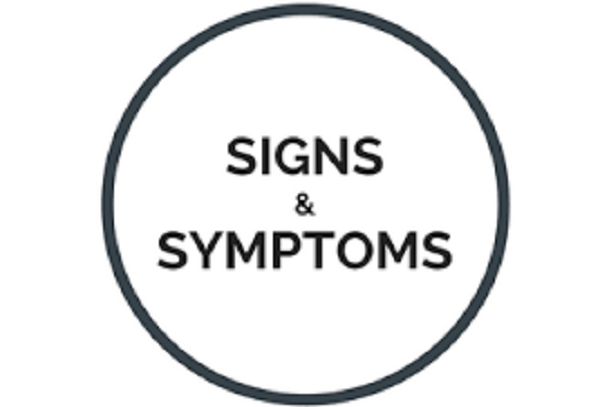Monkeypox is an infectious disease caused by the monkeypox virus that can occur in certain animals including humans. It may be spread from handling bush meat, an animal bite or scratch, body fluids, contaminated objects, or close contact with an infected person. The virus is believed to normally circulate among certain rodents in Africa. The disease can appear similar to smallpox but milder. The time from exposure to onset of symptoms is around 10 days. The duration of symptoms is typically 2 to 5 weeks.
There is little or no difference in how monkeypox presents itself (signs and symptoms) in both human beings and animals.
Signs and Symptoms of Monkeypox in Humans
In humans, the symptoms of monkeypox are similar to but milder than the symptoms of smallpox. Monkeypox begins with fever, headache, muscle aches, and exhaustion. The main difference between symptoms of smallpox and monkeypox is that monkeypox causes lymph nodes to swell (lymphadenopathy) while smallpox does not. The incubation period (time from infection to symptoms) for monkeypox is usually 7−14 days but can range from 5−21 days.
The illness begins with:
- Fever: During the time of contraction, a person temperature level begins to increase more than the appropriate level. This type of fever might be similar to that of malaria.
- Headache: There is a level of uncontrollable and constant headache, and sometimes end up causing migraine.
- Muscle Aches: The individual begins to have aches (pain) at every part of his / her muscles, especially the hands and feet.
- Continuous Backache
- Swollen Lymph Nodes: An individual with monkeypox gradually starts developing and feels swollen lymph nodes around the chin, neck, hands, and sometimes the armpit.
- Chills: There is constant feeling of being cold without a due cause, i.e. not necessarily being in a cold environment. This chill is usually accompanied with shivering or shaking.
- Exhaustion: This is feeling exhaustively tired even without doing any kind of task. Here, an individual begins to lose energy and could feel sleepy too.
Within 1 to 3 days (sometimes longer) after the appearance of fever, the patient develops a rash, often beginning on the face then spreading to other parts of the body. Then skin lesions progress through the following stages before falling off:
- Macules: This is a flat, distinct and discoloration of the human skin. Here the person begins to see changes in color of his/her skin, though this discoloration does not affect the thickness of the skin.
- Papules: These are small raised, tender bump that grows on the skin.
- Vesicles: These are small fluid – filled sacs-like that begins to appear on the skin. These fluids can sometimes be clear, whitish, yellow or filled with blood.
- Pustules: Theseare small bumps on the skin that contain fluid or pus. They usually appear as white bumps surrounded by red skin. They look very similar to pimples, but they can grow quite big
- Scabs: Scabs are a common symptom of skin infections, immune - mediated skin disorders, and injury. Scabs result from a growth of new skin over damaged skin as your skin attempts to heal.
The illness typically lasts for 2 − 4 weeks. In Africa, monkeypox has been shown to cause death in as many as 1 in 10 persons who contract the disease.
[Next Week: Diagnosis, Treatment and Prevention of Monkeypox]
 Wash your hands regularly and wear a face mask.
Learn more
Wash your hands regularly and wear a face mask.
Learn more
